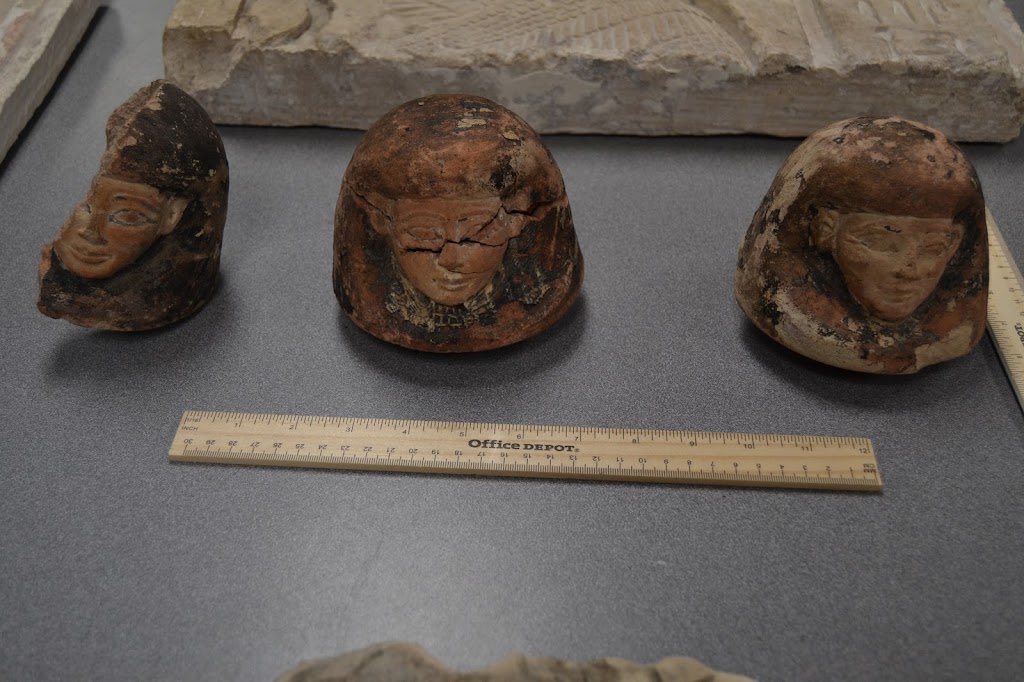A Healthy Trade, A Black Market Temptation: Latest Figures Show U.S. Leadership in Art and Antiquities Exports and Imports
The latest trade figures show that the United States is the leading exporter and importer of fine art, antiquities, and other cultural goods. Dealers and consumers are thriving in this robust marketplace where billions of dollars are exchanged annually. Yet the market remains susceptible to criminal penetration.
American international trade in fine art and antiquities is very large. UN Comtrade and U.S. International Trade Commission (ITC) data reveal that America imported over $9 billion in art, collectors’ pieces, and antiques last year. It also exported the same types of goods in 2013—classified by Harmonized Tariff Schedule (HTS) 97—in an amount valued at $7.7 billion, crowning America as the global leader in both exports and imports of art and cultural heritage material by monetary value.
To put these cash amounts into perspective, $9 billion could purchase a fleet of 35 Boeing 747 aircraft or buy 530,000 Ford Focus automobiles.
The U.S. was also a top country in 2013 for imports and exports of HTS 9705 goods, an important subcategory of HTS 97 that includes collections and collectors’ pieces of zoological, botanical, mineralogical, anatomical, historical, archeological, paleontological, ethnographic or numismatic interest. America was the second highest importer by value, bringing in roughly $263 million worth of HTS 9705 commodities from around the world. The U.S., in turn, exported nearly $192 million in HTS 9705 material, taking the third-place spot among nations.
To peel away the black market that camouflages crimes of trafficking, money laundering, and possibly terrorist financing requires rigorous initiatives that will shore up vulnerabilities existing within the broader white market. Industry transparency and due diligence are critical elements to any defense. Moreover, intensified law enforcement efforts directed at investigating and prosecuting cultural heritage trafficking and money laundering must be supported.
Copyright note: Although the data presented here is sourced from publicly available information, it has been carefully selected, coordinated, arranged, and analyzed so that it is subject to copyright as a compilation by CHL. The publication, retransmission, or broadcast of this compiled data is strictly prohibited without CHL’s express consent.
By Rick St. Hilaire Text copyrighted 2014 by Cultural Heritage Lawyer. Blog url: culturalheritagelawyer.blogspot.com. Any unauthorized reproduction or retransmission of this post without the express written consent of CHL is prohibited.



